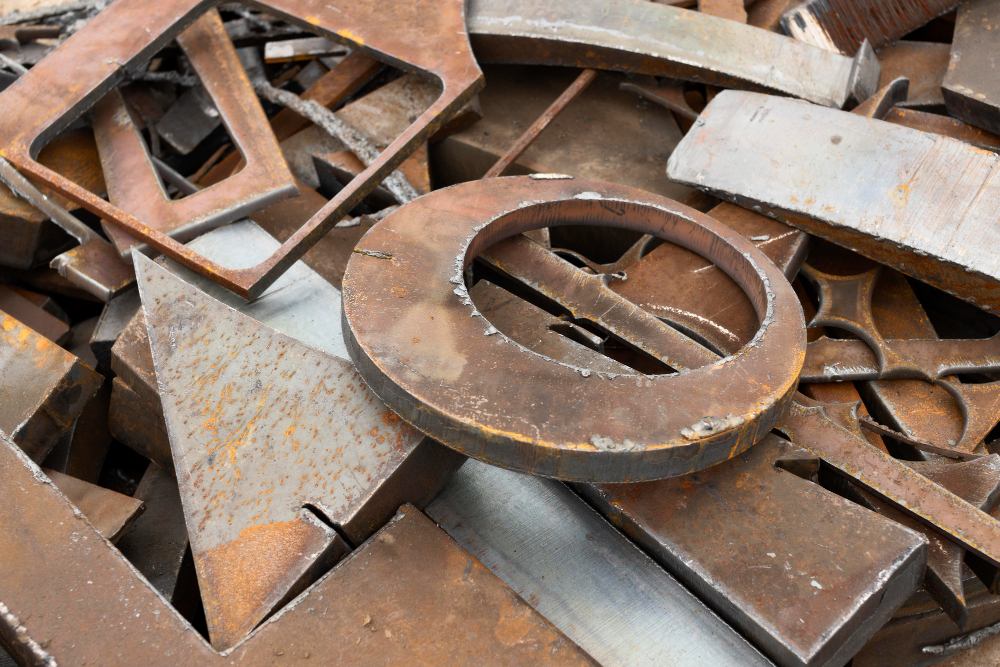For dumpster, container, and large loads please call
For dumpster, container, and large loads please call

The scrap metal recycling sector has expanded recently, and gathering scrap metal is now regarded as a way to turn unwanted objects into extra cash. But gathering scrap from here and there is only one part of gathering scrap metal. Before you begin scrap collecting, you need to be aware of a few points. If you are especially collecting steel, it would be wise for you to know different types of them. In this article, we will go over the difference between 304 and 316 stainless steel.
Simply glancing at it won't tell you. These two types are usually polished and grained in the same way, so most of the time, they look identical, at least to the untrained eye. In order to confirm the type, you need a material test report (MTR) of the actual material.
Both varieties of stainless steel are used in many different sectors. 304 stainless steel is the most often used grade because it is strong and easy to shape into sheets, bars, and tubes. Similarly, due to its resilience, 316 steel is a highly favored material among manufacturers. Though they look similar to each other, they differ significantly chemically, and their chemical compositions are the most important distinction. 8% nickel and 18% chromium are included in 304 stainless steel. 316 stainless steel, on the other hand, has 2% molybdenum, 10% nickel, and 16% chromium. Even though both types are widely preferred, this chemical composition is an important point for their intended usage.
304 stainless steel is an excellent option for a wide range of typical applications. These uses include:
316 stainless steel is a material composition that makes it suitable for use in applications with high standards for cleanliness and hygiene, as well as good corrosion resistance. The uses of it include:
When contrasting the various grades of stainless steel, heat resistance is a crucial consideration. Compared to 316, 304 has a greater melting point. However, both materials resist oxidation well. 304 stainless steel can withstand high temperatures. However, regular use at 797-1580 °F may result in corrosion. The optimal operating temperatures for 316 are above 1550 °F and below 850 °F.
Molybdenum, an additional chemical component, gives 316 stainless steel a significantly higher corrosion resistance than 304. Because of this, 316 stainless steel may be utilized in extremely acidic settings without corroding, and that's why it's the widely preferred steel in sterile equipment, especially in the health sector.
Sustainability is becoming more and more crucial every day as a result of the ongoing depletion of the planet's resources. Compared to processing raw metal, recycling metals conserves more energy and water. Various metals are accepted by the reliable scrap metal company of the Atlanta area, M&M Recycling. Our main objective is to provide you with a second source of income while helping the environment. Get in touch with us right now to arrange your appointment and learn more about our costs.